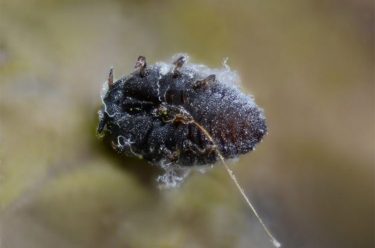
About 450 nonnative, plant-eating insect species live in North American forests. Most of these critters are harmless, but a handful wreak havoc on their new environment, attacking trees and each year causing more than $70 billion in damage.
The problem is, scientists often don’t know which insect will emerge as the next harmful invader.
A team led by the University of Washington, drawing largely on the evolutionary history of insect-plant interactions, has developed a way to understand how nonnative insects might behave in their new environments. The team’s model, described in a paper appearing Oct. 17 in the journal Ecology and Evolution, could help foresters predict which insect invasions will be problematic, and help managers decide where to allocate resources to avoid widespread tree death.
“What makes the bad invaders so special? That has been the million-dollar question, for decades,” said Patrick Tobin, an associate professor in the UW School of Environmental and Forest Sciences and one of the project leaders. “This has the potential to profoundly change how we predict the impact of nonnative species and prioritize limited resources used to mitigate these impacts.”
The new model can quickly evaluate whether a newcomer insect, even before it gets here, has a high probability of killing a population of North American trees. To use the model, all that’s needed is information about the insect’s feeding method (wood, sap or leaf feeder, for example) and what trees it feeds on in its native range. The model will then determine whether any North American trees are at risk of dying from it.
Read more at UW News »
